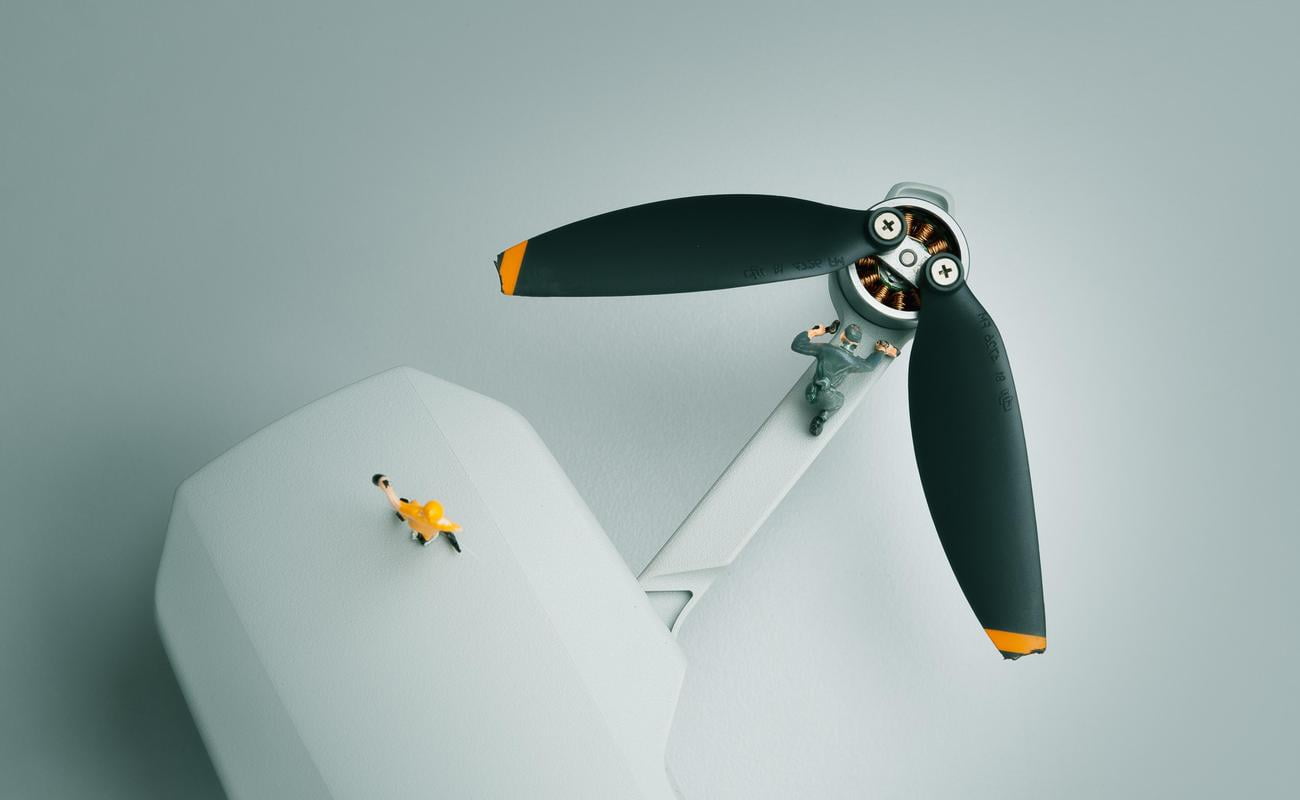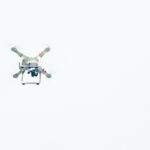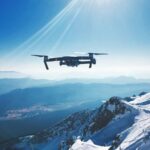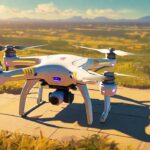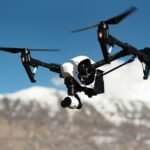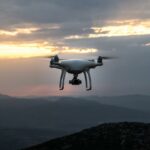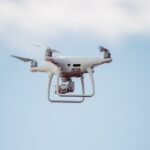If you’ve ever looked up at the sky and marveled at the sight of a flying object whizzing past, chances are that you have encountered one of the most exciting innovations of our time – drones. These unmanned aerial vehicles (UAVs) have swiftly soared into the spotlight, capturing the imagination of hobbyists, professionals, and technology enthusiasts alike. In this article, we delve into the captivating world of drones, offering you a comprehensive and all-inclusive insight into their mesmerizing capabilities, staggering advancements, and the impact they have on various industries. So buckle up and prepare to take flight as we explore the exhilarating realm of drones.
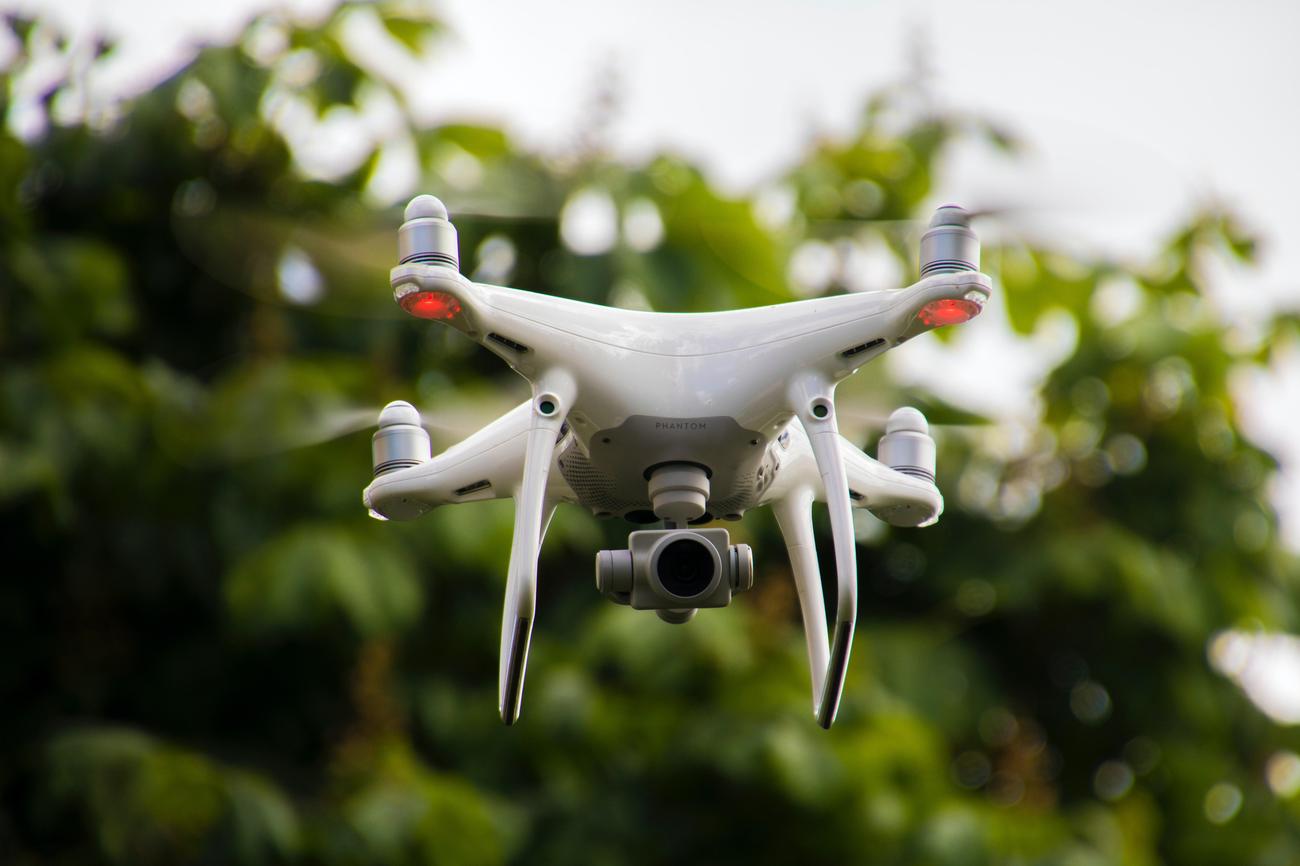
Diving Into the World of Drones: All-Inclusive Insights
Info About Drones
Drones, also known as unmanned aerial vehicles (UAVs), have revolutionized various industries with their advanced technology and aerial capabilities. Whether you’re a technology enthusiast or simply intrigued by these flying machines, this article will provide you with all-inclusive insights about drones.
Exploring the Types of Drones
Drones come in different shapes and sizes, each serving distinct purposes. To begin with, we have single-rotor helicopter drones, which resemble mini-helicopters and offer enhanced stability during flights. On the other hand, multi-rotor drones, equipped with multiple propellers, are highly maneuverable and widely used for aerial photography and videography.
Fixed-wing drones, resembling small airplanes, are designed for long-duration flights and are commonly used in surveying and mapping applications. Lastly, we have fixed-wing hybrid VTOL drones, which combine the capabilities of multi-rotor and fixed-wing drones, making them suitable for both vertical takeoff and landing, as well as horizontal flight. Each type has its own advantages and use cases, catering to different industry needs and requirements.
“These various types of drones cater to different industry needs and requirements, offering a wide range of capabilities and applications.”
Unveiling the Technical Marvels
Behind their sleek exteriors, drones house a multitude of advanced technologies that enable their flight and navigation. Most drones are made of lightweight composite materials that enhance their maneuverability, while also allowing them to reach impressive altitudes.
Drones are equipped with a variety of components, including electronic speed controllers (ESCs), flight controllers, GPS modules, batteries, and antennas, all working in tandem to ensure smooth and controlled flights. Additionally, modern drones integrate infrared cameras, GPS systems, and lasers, further expanding their capabilities in applications such as search and rescue missions, agricultural monitoring, and infrastructure inspection.
“The integration of cutting-edge technologies allows drones to perform tasks that were once deemed impossible, opening up new opportunities across industries.”
Expanding Horizons: Applications of Drones
Drones have transcended their initial purpose and found their way into numerous industries, transforming the way we work and interact with the world. One of the most well-known applications is aerial photography and videography. Equipped with high-resolution cameras, drones capture stunning aerial shots previously unattainable without expensive helicopters or aircraft.
Furthermore, drones have proven to be invaluable tools in various fields, such as agriculture, where they assist in crop monitoring, disease detection, and crop spraying. In the construction industry, drones enable efficient surveying, mapping, and monitoring of construction sites, simplifying the decision-making process for project managers. And let’s not forget about their role in package delivery, with companies exploring the use of drones to transport goods efficiently and swiftly.
“The diverse applications of drones have gone beyond our imaginations, revolutionizing industries and enhancing efficiency in numerous sectors.”
Legal Considerations and Safety Precautions
While drones offer incredible capabilities, there are legal regulations and safety precautions in place to ensure responsible and safe use. When flying a drone, it’s important to understand and comply with these rules to avoid both legal consequences and potential accidents.
Regulations often include restrictions on flight altitude, designated no-fly zones, and requirements for drone registration. As responsible pilots, we should respect privacy and prioritize the safety of people and property. It’s crucial to have an open area for takeoff and landing, away from obstacles or people, and to follow safety guidelines such as avoiding flying over crowds or near airports.
“Responsible and safe drone usage involves adhering to legal regulations and implementing necessary safety precautions to protect both people and property.”
The Price of Possibilities
The cost of drones can vary significantly, depending on their type and features. Entry-level consumer drones are relatively affordable, with prices starting from a few hundred dollars. These drones usually offer basic flight capabilities and adequate camera quality for recreational purposes. However, as the technology and features advance, professional-grade drones equipped with high-resolution cameras and advanced flight capabilities can cost several thousand dollars.
“From affordable entry-level models to high-end professional drones, the price range reflects the variety of features and capabilities available.”
In conclusion, drones have rapidly become an integral part of many industries, opening up new horizons and possibilities. Their versatility, combined with the constant advancements in technology, ensures that drones will continue to play a significant role in shaping the future. Whether it’s aerial photography, agricultural monitoring, or infrastructure inspection, drones are revolutionizing the way we work and interact with the world, making their impact undeniable.
“With their versatility and constant technological advancements, drones have become indispensable in various industries, shaping the present and future of our world.”
Drones have become an integral part of our modern world, revolutionizing industries and sparking our imaginations. But did you know there are some mind-blowing facts about drones that will leave you in awe? From their incredible capabilities to their surprising uses, drones have truly taken flight. If you’re craving some mind-boggling information about these unmanned aerial vehicles, look no further. Click here to uncover fascinating facts about drones and be amazed by their extraordinary presence in our lives: facts about drones. Get ready to have your mind lifted to new heights!
info about drones
Drones have revolutionized the way we see the world, providing us with a new perspective from above. From capturing breathtaking aerial photos and videos to delivering packages, drone technology has come a long way. If you want to delve into the world of drone technology information, click here for a comprehensive guide on everything you need to know. Discover the various types of drones available in the market and how they are transforming industries. Explore the latest advancements in drone technology that are pushing the boundaries of what these unmanned aerial vehicles can achieve. Stay updated and be amazed by the incredible possibilities that drone technology offers. Click here to uncover the fascinating world of drones.
Drones: The Fascinating Mechanics Behind Their Efficiency
[youtube v=”N_XneaFmOmU”]
Single Propeller Design: A Simple Begininning
At the most basic level, drones start with a single propeller design. These drones rely on one propeller to provide enough lift force to keep them hovering in the air. However, these drones have limited control capabilities and can only move vertically. Additionally, due to Newton’s third law of motion, the drone’s body will rotate in the opposite direction of the propeller, resulting in an undesirable spin effect. A motor stator supplies the necessary torque to the rotor, but according to the law, the rotor should give an equal amount of torque back to the stator.
“Why not use two propellers?” you might wonder. While this is a possibility, fewer propellers mean less energy consumption, allowing the drone to stay airborne for longer periods. However, controlling the drone at high speeds and making sharp turns becomes more challenging with two propellers. The blades of two propeller designs rotate in opposite directions, cancelling out the motor’s reaction torque and avoiding unwanted body spin. Although stability remains an issue, advancements in control algorithms may eventually overcome this obstacle.
Quadcopters: Stability and Maneuverability Combined
The most commonly used design for drones is the four propeller or quadcopter design. Quadcopters are known for their stability and ability to move swiftly while maintaining control accuracy. Usually, quadcopters are shaped like an “H” or an “X” and rely on force dynamics to perform various maneuvers.
To achieve hovering, the weight of the drone must be balanced by the thrust produced by the propellers. By adjusting the speed of the front and rear propellers, quadcopters can achieve forward motion or pitch. Imbalanced lift force in the left and right pairs of propellers allows for roll movement. Yaw motion, or spinning, is achieved by spinning one diagonal pair of propellers in the opposite direction to the other pair.
The stabilizing effect of quadcopters makes them highly preferred in various industries, as they can move at high speeds and take sharp turns swiftly. Whether it’s aerial photography, videography, agriculture, construction, or package delivery, quadcopters are the go-to choice.
The Brain of the Drone: Flight Controller and Sensors
To navigate through challenging situations, drones require a flight controller, which acts as the intelligent pilot inside the drone. The flight controller receives input signals from various sensors, making the drone operation as simple as playing a video game.
The most crucial sensors in a drone are accelerometers, gyroscopes, and magnetometers. These sensors, placed together in the inertial measurement unit (IMU), measure acceleration, rotation, and help determine altitude. To ensure accurate measurements, drone manufacturers use sensor fusion techniques to overcome noise and interference issues. This involves combining different sensors like GPS, IMU, and radar technology to achieve more precise measurements.
The flight controller relies on control logic algorithms, such as the Kalman filter, to process the signals gathered by the sensors and make informed decisions. These decisions control the speeds of the brushless DC (BLDC) motors, allowing the quadcopter to adapt to challenging environments and maintain stability.
The Power and Connectivity Behind Drones
Powering the BLDC motors, electronic circuits, antennas, and sensors of the drone is a lithium-ion battery. This battery supplies the necessary energy for the drone’s operation. Radio frequency technology is commonly used for communication between the user and the drone, allowing for remote control. For consumer drones, the communication range typically spans between one to two kilometers.
But what happens if the drone goes out of communication range? Modern drones rely on GPS and tower-based internet technology to find their way back home. By setting a home location with GPS assistance, the drone can safely return even if it accidentally strays too far.
The Future of Drones
Leading drone companies, like DJI, use advanced flight control algorithms, dual IMUs, and vibration dampening systems to ensure reliability and precision. These sophisticated algorithms are key to their success in the consumer drone market. However, other companies, such as Parrot, Autel, and Unique, do not have the same level of marketing presence and refinement in their consumer UAV drones.
Drones have become indispensable across various industries, shaping the present and future. Their ability to perform tasks like aerial photography, videography, agriculture monitoring, infrastructure inspection, and even search and rescue missions has revolutionized these sectors. However, it is crucial to follow legal regulations and safety precautions when operating a drone, considering factors like flight restrictions, registration, and prioritizing safety.
In conclusion, drones are not just fascinating flying machines; they are the products of intricate design, advanced technology integration, and precise control systems. From their mechanical and electronic design aspects to their intelligent algorithms and sensor technologies, drones have evolved into versatile tools that are revolutionizing industries globally.
“Drones have become indispensable across various industries, shaping the present and future.”
FAQ
Q: What are the different types of drones?
A: There are four common types of drones: single-rotor helicopter drones, multi-rotor drones, fixed-wing drones, and fixed-wing hybrid VTOL drones. These different types of drones are designed for specific purposes and have varying capabilities.
Q: What are the main components of a drone?
A: Drones consist of several key components, including electronic speed controllers, flight controllers, GPS modules, batteries, and antennas. These components work together to enable flight control, navigation, and communication.
Q: What are some common uses for drones?
A: Drones have a wide range of uses in various industries. They are utilized for military operations, aerial photography, surveillance, delivery services, and more. Drones have become an essential tool in many fields due to their versatility and efficiency.
Q: What are the legal regulations for flying drones?
A: There are specific legal regulations in place for flying drones to ensure safety and privacy. These regulations include restrictions on flight altitude, no-fly zones, and registering the drone with relevant authorities. It is important to adhere to these regulations to avoid penalties or accidents.
Q: How much do drones cost?
A: The cost of drones can vary depending on the type and features. Entry-level consumer drones may cost a few hundred dollars, while professional-grade drones with advanced capabilities can cost several thousand dollars. The price range allows individuals and businesses to choose drones that best suit their specific needs and budget.
- Jerry McSorley’s Post-Divorce Life: New Beginnings - July 16, 2025
- The Rise and Fall of the New Haven Nighthawks: A Minor League Hockey Legacy - July 16, 2025
- Unlock Jerry McSorley’s Career Highlights: Eye Tax Inc.’s Solar Success - July 16, 2025
